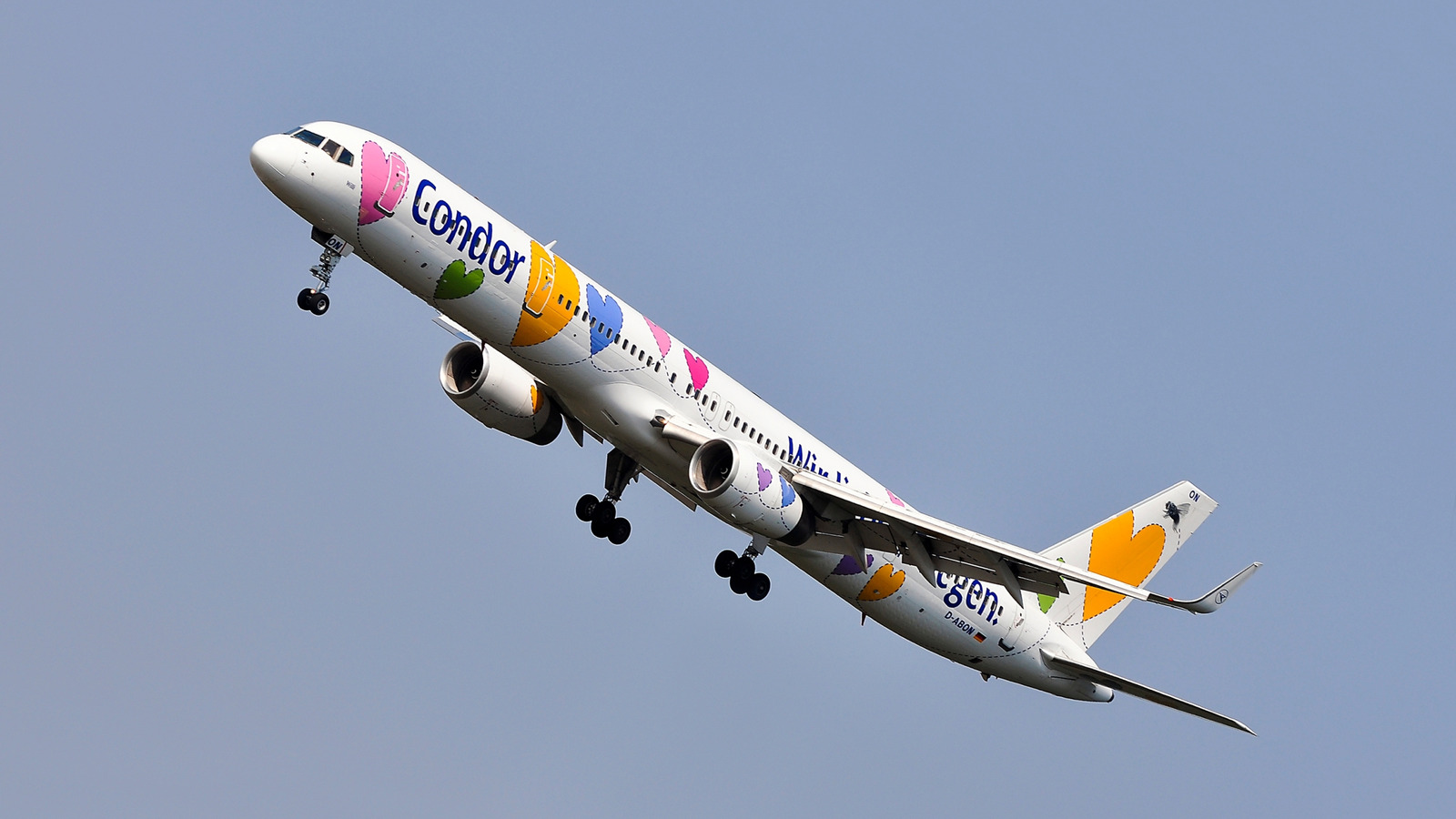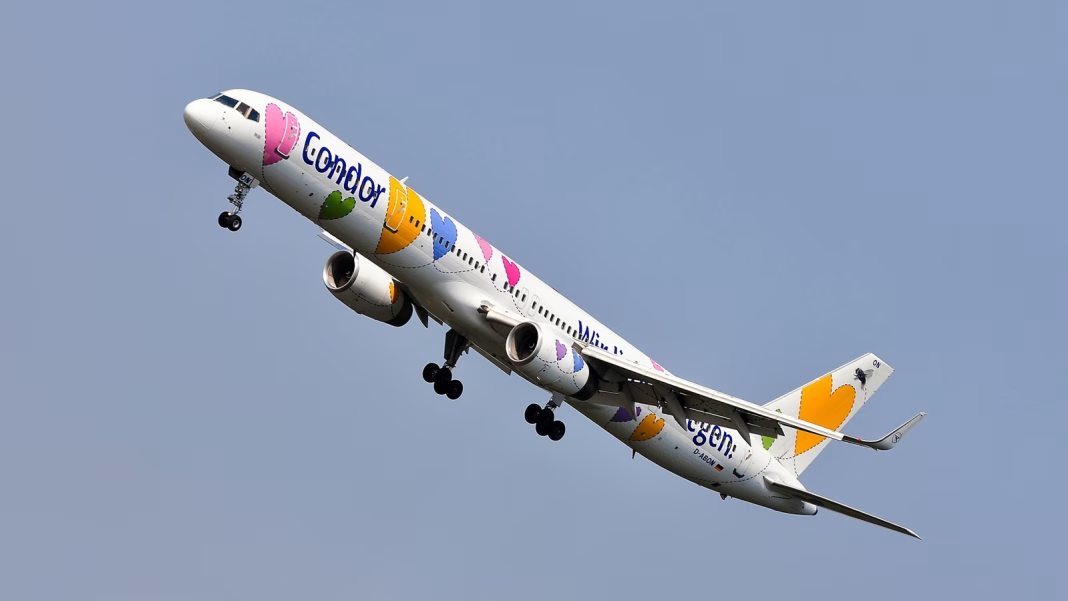What Really Happened During the Condor Airlines Engine Fire?
When news broke about a Condor Airlines flight experiencing an engine fire mid-flight, travelers everywhere sat up a little straighter. According to a Condor spokesperson, the incident was triggered by a chemical reaction inside the combustion chamber. That’s not your everyday engine trouble, so let’s break down what that actually means—and why it matters for anyone who flies.
How Can a Chemical Reaction Cause an Engine Fire on a Plane?
Jet engines are marvels of engineering, but they’re also incredibly complex. The combustion chamber is where fuel and air mix and ignite, creating the force that propels the plane forward. Usually, this process is tightly controlled. But if something goes off-script—say, a contaminant sneaks in, or the fuel-to-air ratio is off—you can get an unexpected chemical reaction. That’s when things get dicey.
In this case, the chemical reaction produced enough heat and energy to ignite materials inside the engine, resulting in visible flames. It’s rare, but not unheard of. According to a 2022 report from the International Air Transport Association, engine fires account for less than 0.02% of all in-flight incidents, but when they do happen, they demand immediate action from the crew.
What Happens When an Engine Catches Fire Mid-Flight?
The moment an engine fire is detected, pilots follow strict emergency protocols. First, they shut down the affected engine and deploy fire suppression systems. Then, they look for the nearest safe airport to land. In the Condor incident, the crew executed these steps quickly, landing in a city that, as it turned out, didn’t have enough hotel rooms for all the passengers. That’s a logistical headache, but it’s a far better outcome than the alternatives.
It’s worth noting that commercial jets are designed to fly safely on a single engine. The real challenge isn’t keeping the plane in the air—it’s managing the stress and confusion for everyone on board. Flight attendants are trained for these moments, but even so, the experience can be unsettling for passengers.
How Do Airlines Prevent Engine Fires Like This?
Airlines invest heavily in maintenance and safety checks to catch potential issues before they become real problems. Every engine undergoes regular inspections, with special attention paid to the combustion chamber. Technicians look for signs of wear, contamination, or anything that could disrupt the delicate balance inside the engine.
Still, as this incident shows, even the best systems aren’t foolproof. That’s why pilots and crew drill emergency procedures over and over. The goal isn’t to eliminate every risk—that’s impossible—but to be ready when the unexpected happens.
What Should Passengers Do If They Experience an In-Flight Emergency?
If you ever find yourself on a flight where something goes wrong, the best thing you can do is stay calm and listen to the crew. They’re trained to handle emergencies and will give clear instructions. Panic spreads quickly in a confined space, so taking a few deep breaths and focusing on what you can control makes a real difference.
It’s also smart to pay attention to the safety briefing at the start of every flight, even if you’ve heard it a hundred times. Knowing where the nearest exits are and how to use your oxygen mask isn’t just busywork—it could save your life.
Why Are Engine Fires So Rare, and Should You Be Worried?
Here’s some perspective: modern commercial aviation is one of the safest forms of travel. According to the Federal Aviation Administration, the odds of an in-flight engine fire are vanishingly small—less than one in a million flights. Most incidents are handled without injury, thanks to redundant systems and rigorous training.
That said, incidents like the Condor engine fire remind us that flying is a complex business. It’s not about eliminating every risk, but about managing them intelligently. The fact that this flight landed safely, despite the drama, is a testament to how well those systems work.
The Big Takeaway? Air Travel Isn’t About Perfection—It’s About Smarter Adjustments
No one expects perfection at 35,000 feet. What matters is how airlines, crews, and even passengers respond when things go sideways. Start with one change this week—maybe actually listening to the safety briefing or reading up on how engines work—and you’ll likely spot the difference in your confidence by month’s end. Safe travels.


